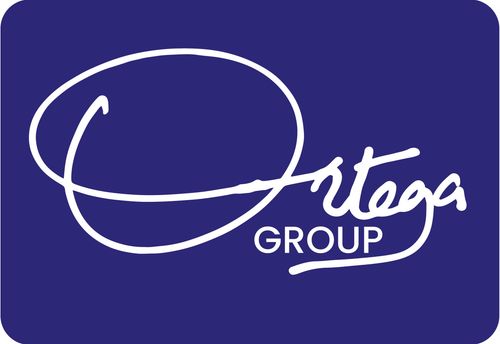By Ian Ortega
Executives often hash out the same words to their reports – “let’s create value.” And it has become standard language across the C-suite, value creation, and value propositions. Everyone is looking for ways of creating more value for the consumer. It could be through better packaging, accessible pricing or even improving the product-service surround.
As a result, the customer or consumer is walking away with more value. And then organizations keep wondering – but we are creating all this value yet it’s not reflecting in both the top-line. In fact, it could be eroding the bottom-line as value creation often comes at a cost impact to the company.
What then is the challenge? Why is it that an organization could create so much value yet not reap benefits of this endeavour?
It comes down to the second thing – value capture. It’s one thing to create value, it’s another thing to capture it. Value creation is like energy generation, it’s hard to capture every unit generated. It gets lost somewhere or somebody else captures it.
It then presents the famous two by two matrix, four-quadrant scenario. In the first quadrant are organizations that create low value, capture low value. No one wishes to be in this space. It’s the whisper before total annihilation. In the second quadrant are companies that create high value but capture low value. This is another miserable step. Because it means you are doing so much for so little. Then you have the third quadrant of create low value but capture high value. It’s the dream state, they are the kind of organizations that even sell their breadcrumbs, convert their waste into revenue. And finally, the ideal state of high value creation and high value capture.
One of the FMCG companies in Uganda pulled off the fourth state with one of their brands. They engaged in premiurization, gave life to the label and the bottle. Thereafter, they transitioned the new brand from a gin to a liqueur, and this meant a lower alcohol by volume (thus more savings). But because of this premiurization (adding flavours to the original brand), they were able to sell it at a higher price and sell more volumes. This was the ultimate signature example of high value creation, and high value capture.
Such an endeavour requires a fully integrated innovation team. That’s to say, an innovation team with an end-to-end approach around the product. They can study the entire value chain of the product, create value at every line of the chain, and capture value at every stage of the chain. These are teams with a commercial outlook and financial sensitivity. You could call it strategic innovation that results in competitive advantage. It requires looking within what an organization already has and giving it a whole new approach. That could mean rethinking a process, rethinking a product, rethinking a structure.
You could also think of when banks digitized and got many services on the phone. By creating value (convenience), they also captured it (more transactions volume, and thus more charging avenues).
The bottom line here is that organizations must take the conversation of value creation to its natural conclusion – value capture. It’s no use creating value that won’t be captured. There’s no point throwing resources at immature markets, or markets that have not yet hit a critical mass that serves as a precursor to some innovations.
Sometimes, we call this high value creation, low value capture as organizations that were so ahead of themselves. They gave consumers more than what they could pay for in the moment. It’s comparable to a technology startup releasing more features that what a user currently requires, rather than saving those features for later releases. Think of it as avoiding over-engineering or gold-plating.
Most organizations are caught up in the trap of gold-plating and over-engineering. Take the example of restaurants on an online food delivery platform. It’s a beautiful thing to have branded paper bags. But does it translate in repeated purchases. Is it worth the cost to currently brand one’s packaging bags? Or would that effort rather translate in improving the quality and taste of the food which will enable one to command higher prices and lead to repeat purchases. The branded paper bag is high value creation, low value capture. The better food is high value creation, high value capture.
Again, it’s back to what really matters to a consumer in each industry, as they make a purchase decision. For the food industry, one cares that their food arrives in one piece, it arrives hot and fresh, and it arrives tasty. All else is gold-plating. And the consumer won’t pay for that gold, but it will reflect on the operational cost-line of the organization.
As executives drive conversations in the C-suite, it’s also time they drive the conversation of value creation is a futile attempt if it’s not followed by value capture. If you do not capture the value that you create, you will be just an example of a company that was ahead of its time but didn’t survive to see the future. And those examples are endless…
About the Author: Ian Ortega is an Industrial Policy Scholar, Corporate Strategy Enthusiast interested in the intersections of energy, industry, and manufacturing strategy.

